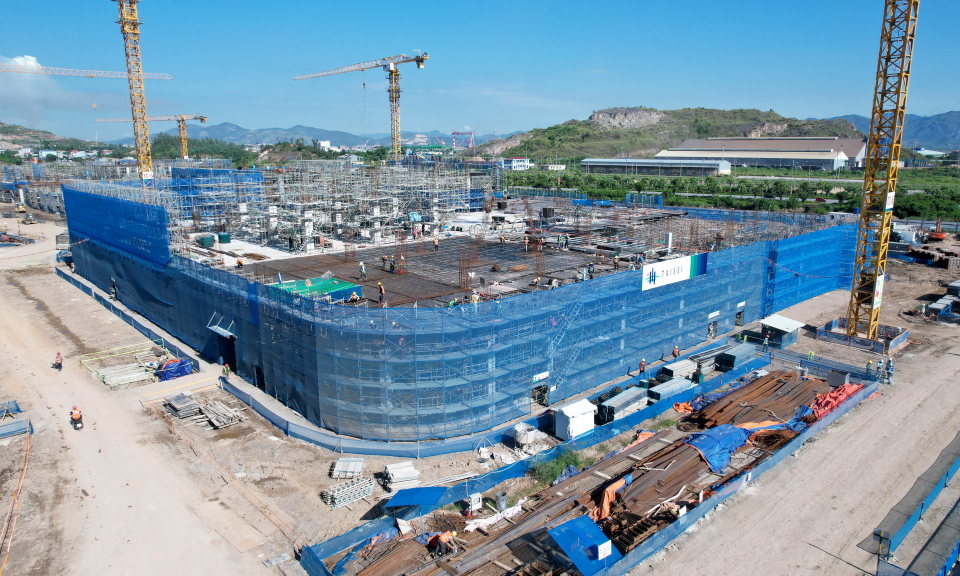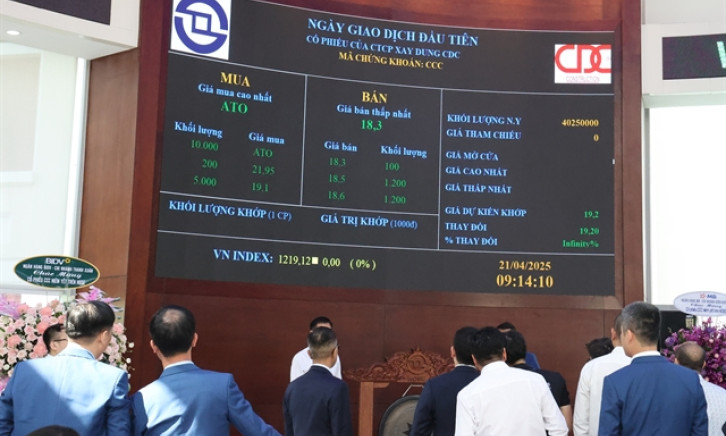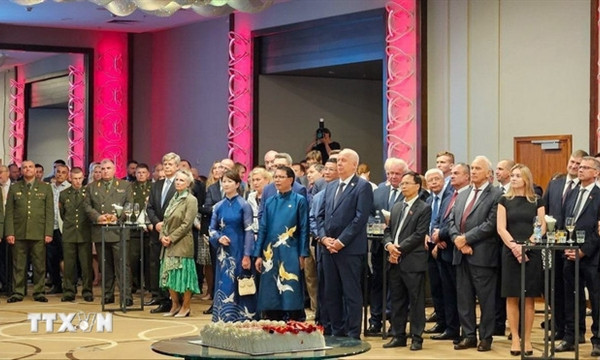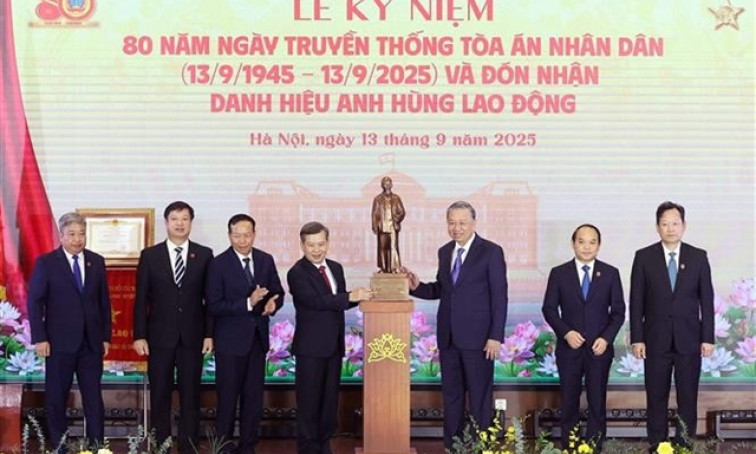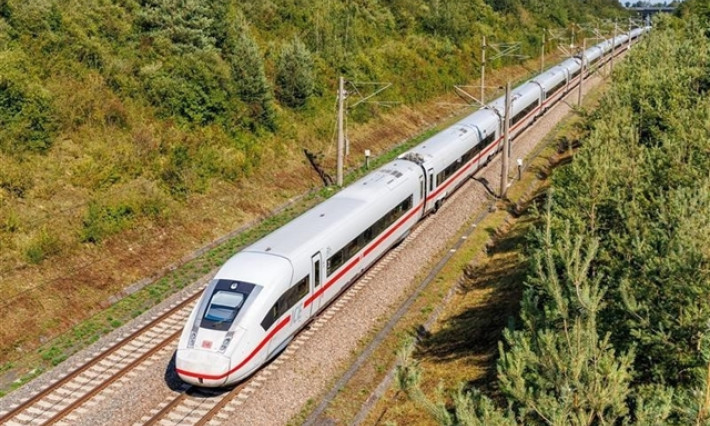Capital Planning, a breakthrough in urban space development
One of the core contents of the planning is the urban space development plan, creating a breakthrough in the development of the capital city.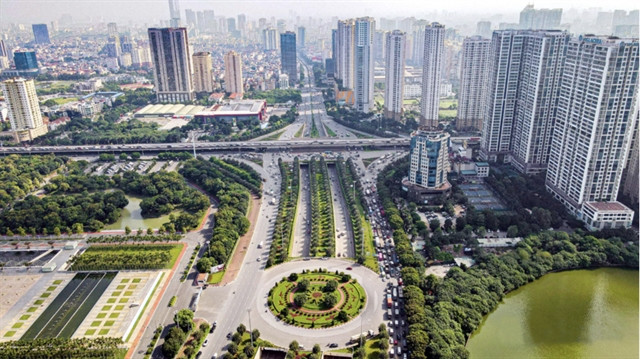
Planning of the Capital for the period 2021 - 2030, vision to 2050 has just been approved by the Hà Nội People's Council and is undergoing the final steps to submit to competent authorities for approval.
One of the core contents of the planning is the urban space development plan, creating a breakthrough in the development of the capital city.
In Việt Nam's urban system, Hà Nội is identified as a special urban area, including 12 inner city districts, one township and 21 district-level towns. The urban natural area is 521.42sq.km, accounting for 15.5 per cent of city’s natural area with urban population of over 4.2 million people.
Architect Lê Hoàng Phương from the National Institute of Urban and Rural Planning, a joint venture consulting unit for setting up the Capital Planning, said that through assessing the current situation, Hà Nội’s urbanisation rate has rapidly increased from 42.5 per cent in 2010 to 49.1 per cent in 2022.
Urban infrastructure has been improved towards modernity and spaciousness, helping people easily access to convenient services, said Phương.
Many new modern urban areas have promoted investment in utility infrastructure such as commercial centres health services, education and entertainment, creating many jobs and contributing to the effective use of land resources while improving the quality of life for people, the architect said.
Many cultural heritages, historical cultural and architectural relics have been preserved and upgraded, and many cultural spaces have been expanded, in particular, the pedestrian streets around Hoàn Kiếm Lake bringing highlights for the city’s urban cultural space.
Many projects of urban renovation and upgrading have been implemented in recent times, especially the work of improving housing conditions for households, significantly increasing the average housing area per capita to 26.1sq.m in 2020.
In addition to the achieved results, he also stated that the urban situation in Hà Nội has many shortcomings and specific limitations as the urbanisation rate has not reached the target compared to other localities nation-wide and the population size has exceeded the forecast.
Besides, it is not feasible to control population in the central urban area and depopulate the inner city; plans of depopulation, preservation and embellishment the old quarter area and French architecture works have not achieved results.
The project of renovating old, degraded apartment buildings has not been implemented, while old housing areas built spontaneously without planning are causing many inadequacies in security, fire safety, rescue, and impacting the environment and urban living conditions.
Urban technical infrastructure is not synchronous and has not kept up with the needs of modern urban development. Progress in investment in traffic structures is still slow. The proportion of land reserved for traffic and the proportion of passenger transport by public transport have not reached the plan.
From these shortcomings and limitations in urban development, the Capital Plan has researched and proposed solutions to develop Hà Nội into a modern and smart urban area leading and creating a spillover effect and connecting urban areas so people have a high standard of living and quality of life, and economic, cultural and social development is comprehensive, Phương said.
In particular, the planning focusses on promoting the development of satellite urban areas, strictly managing the development of high-rise housing in the central area and reviewing and synchronously deploying urban renovation, embellishment and reconstruction programmes.
Small urban areas and peri-urban areas are prioritised to support rural development through urban-rural linkages.
Hà Nội will be also expanded in two sides of Hồng (Red) River and build satellite cities in Đông Anh, Mê Linh, Sóc Sơn, Hoà Lạc and Xuân Mai districts.
Regarding the city’s urban construction space, a multi-centre network will be developed according to a multi-polar model with functional centres at regional, national and international levels to create momentum for expanded urban development areas.
National centres are located south of the Red River, regional and international functional centres are located north of the Red River, Phương said.

